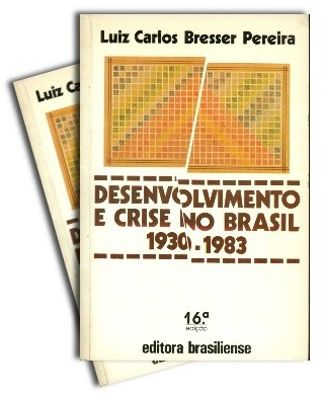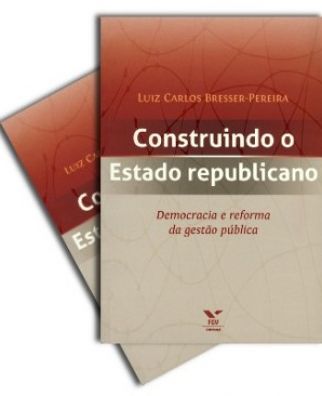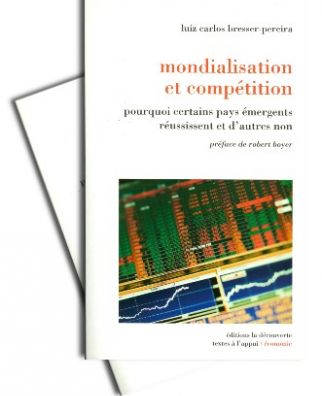Luis Carlos Bresser Pereira e Yoshiaki Nakano
Revista de Economia Política 11 (4), outubro-dezembro, 1991. Trabalho apresentado ao workshop Economic Problems of the 1990's. Knoxville: University of Tennessee, junho-julho.
In this paper are analysed (1) the conditions that gave rise to hyperinflation in early 1990, (2) the alternative programs of stabilization that were being suggested, and (3) the stabilization plan that was finally adopted, the Collor Plan, whose failure the authors, writing in June 1990, predict already in the title of the paper: "the first Collor Plan". This plan examined according to (1) the logic behind freezing 70% of the financial assets (2) the fiscal adjustment aspect: (3) the monetary or liquidity question (4) the demand problem and finally (5) the causes of the resurgence of inflation with recession. For this analysis, the authors utilize a neo-structuralist approach to the inertial or autonomous inflation prevailing in Brazil.




























